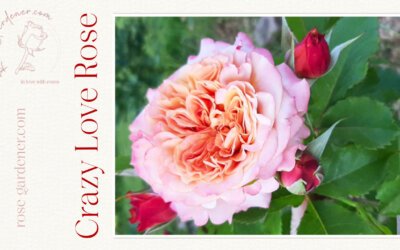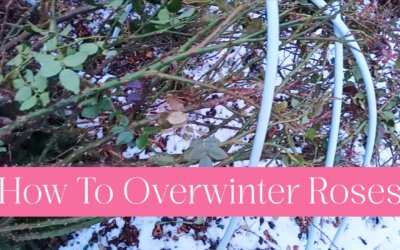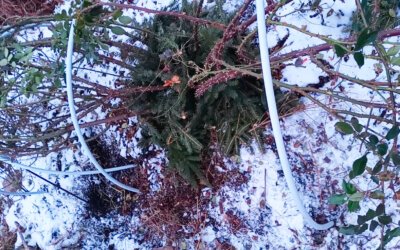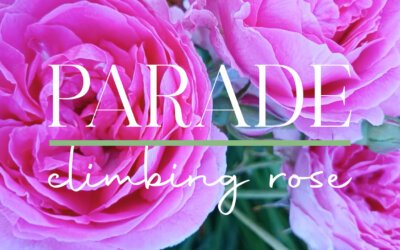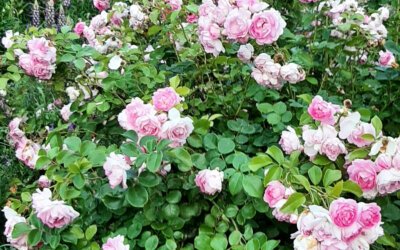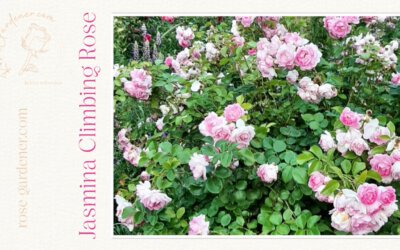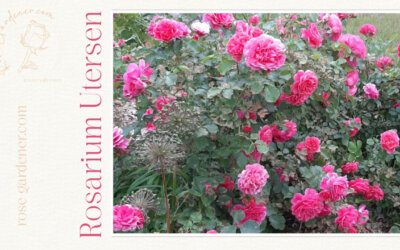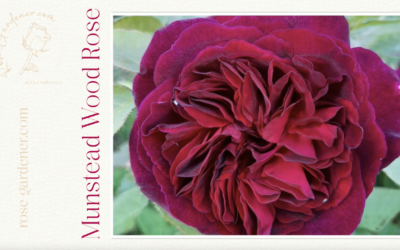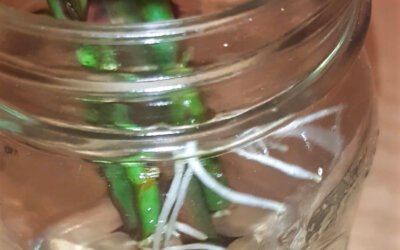The Munstead Wood rose is a famous and highly praised rose variety recognized for its stunning beauty and unique characteristics. This rose is an English shrub rose, a class of roses known for their hardiness and repeat blooming habits. It is named after Gertrude Jekyll’s garden in Surrey, England. It is one of the most remarkable roses bred by David Austin.
The Munstead Wood rose stands out with its large, deep burgundy-purple flowers. They are fully double and have a velvety texture, measuring up to 5 inches in diameter. The outer petals of this rose usually have a deeper, darker colour, making them look utterly breathtaking.
The color of the blooms is affected by the weather. They look their best in colder temperatures and do not hold heat very well. I would not recommend this rose for a very hot climate unless you plant it in a more shaded position. It is because darker blooms heat up in the sun much more than the light-colored roses. This “bakes” the blooms, producing the dark, dry edge, and the flowers look wilted and last no more than a day or two. You can try to solve this problem by installing a temporary shelter (like an umbrella) or placing a tall potted plant in front of the rose bush. An even better solution would be to plant a tall perennial on a sunny side. Also, make sure that the rose is well watered during hot and drier weather.
The blooms are produced in clusters of up to 5-7 at a time. The flowers have a classic, old-fashioned shape and a most delicious, strong, fruity, sweet fragrance of old roses (this is the best I can describe it). Honestly, I would grow this rose for the scent alone. It grows next to my front door, and I love to start my morning by inhaling its divine aroma.
The Munstead Wood rose is a repeat bloomer, producing 2-3 flushes of blooms throughout the growing season, from late spring (in warmer zones) to late fall. In my garden, it is one of the first roses to start blooming, usually at the beginning of June. Like most roses, it flowers for 4-5 weeks, then takes a break and produces a new flush of blooms in about a month. It needs ample moisture and fertilization to have an abundant second flush of blooms. My observation is that the second blooming period lasts longer, and flowers are darker in color. However, the first flush of flowers is usually more abundant (like with most roses).
Munstead Wood Rose Size
The plant has an upright and bushy growth habit, reaching a height of 3-5 ft and a width of 2-3 ft, depending on climate and soil fertility. Like all roses, it needs good drainage and likes fertile, moisture-retentive soil. It will benefit from the incorporation of organic matter into the soil. Organic mulches are another great way to make this rose happy. Wood chips, grass clippings, garden compost, or well-rotted manure will help preserve soil moisture and enhance its fertility over time. Here is more advice on how to grow roses.
Munstead Wood Rose Hardiness
It is considered to be winter hardy in USDA zones 5 to 8. You can also grow it in zones 3 and 4 if you use winter protection. This rose variety should survive in hardiness zones 3-4 with good snow coverage, but it needs to be planted deeper (the bud union needs to be 2-6 inches below the soil level). In this situation, it will have to regrow each year from the base.
However, I also recommend using winter protection in zone 5 because, in my experience, its branches can hold only up to -17C, probably -20C (1.4 to -4F), without winter protection.


